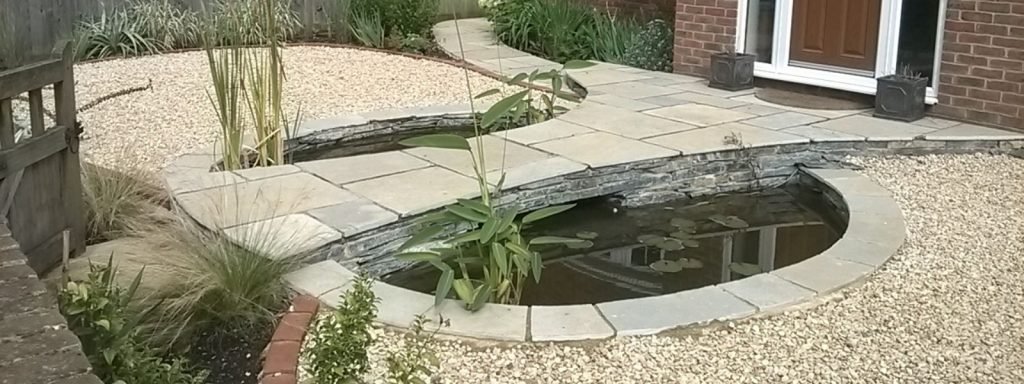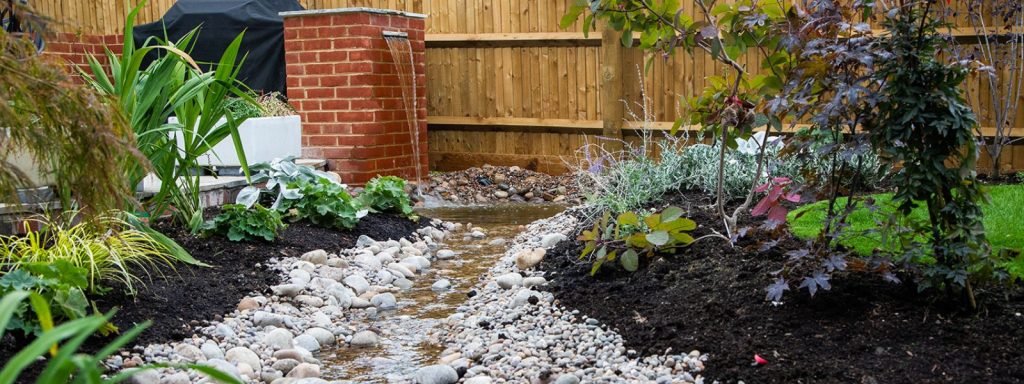
Now the weather is starting to warm up we’re seeing the first signs of life in our ponds and water features.
As water is so central to supporting wildlife in your garden, now is the time to make sure you are ready for the new life that is about to make your pond its home.
Here are our pond care tips to get you ready for action:
1. Turn off the pump and allow the water to drain from the pipes into the pond. This may result in the pond overflowing if the water level has gone down over the winter.

2. Pump maintenance –
Once switched off, carefully lift out your pump and give it a good clean according to the manufacturer’s instructions.
This should include rinsing the filter sponge, wiping off any build up of algae and limescale and checking the impellor for obstructions. Be careful not to disturb any signs of wildlife in the process.
Once clean, test it is running correctly in a large bucket of clean water before gently returning it to the pond.
Check electrical connections and flex and if anything has perished or been damaged, ask a qualified electrician to take a look.
3. Aquatic plants –
Remove any dead vegetation, being careful not to damage new shoots. If you find any fish eggs, frogs spawn or newt strings, leave this job a few weeks and come back to the plants later once they have hatched.

4. Filter –
If you have a larger ground-based or submersible filter to support a larger pond, now is the time to check it out.
Follow the manufacturer’s instructions on cleaning the filtration medium and sponges. This may mean using specialist cleaning products.
Under no circumstances should household detergents be used as these could affect the performance of the filter. Check and replace the UV bulb if necessary.

5. Check the overflow of your pond.
Clear any debris or unwanted material to ensure that any surplus water that might build up after heavy rain has a single point to overflow through.
6. Fountain and letterbox spouts should be checked and cleaned of plant matter or limescale build-up. Lemon juice is a natural way to remove limescale, along with plenty of elbow grease.

7. Finally, turn your pump back on and observe how much the water level drops as the water flows through the pipes. Top up, ideally from rainwater butts, until the level is just below the top of the pond, below the overflow.
If the thought of tackling any of these pond care jobs, fills you with trepidation, then please get in touch and we can help.








